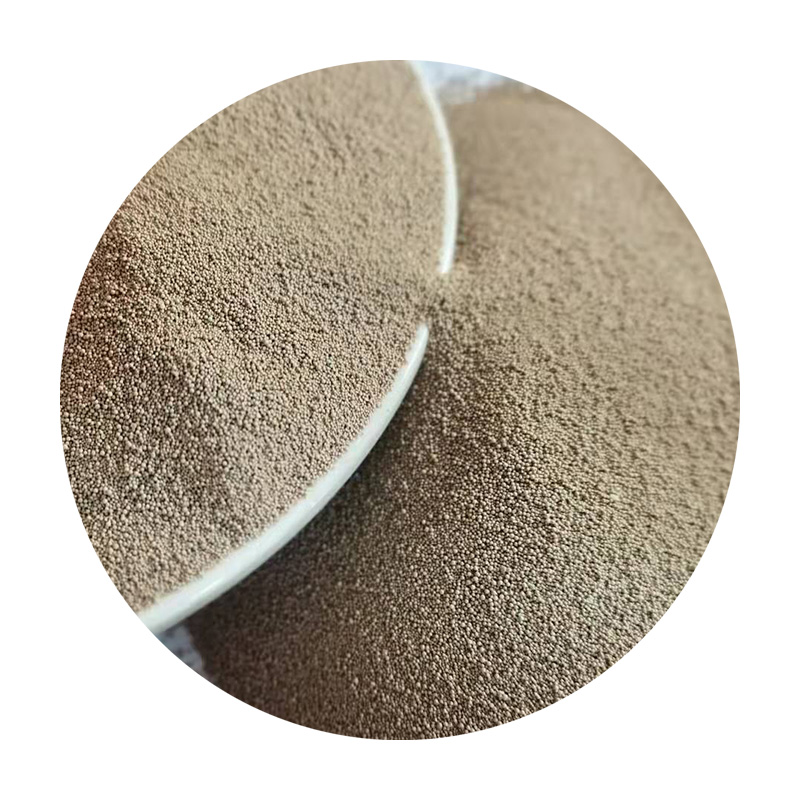The Best Way to Sand Stainless Steel
Sanding stainless steel is an essential process in many industries, from manufacturing to jewelry making, as it helps in achieving a smooth finish, preparing surfaces for welding, or removing surface imperfections. However, due to the unique properties of stainless steel, it requires special techniques and tools to ensure effective results. In this article, we will explore the best practices for sanding stainless steel, discussing the tools, techniques, and safety measures involved.
Understanding Stainless Steel
Stainless steel is an alloy known for its corrosion resistance, strength, and aesthetic appeal. These properties make it a popular choice in various applications, including kitchenware, automotive parts, and architectural structures. However, its durability also poses challenges when it comes to sanding. If not done correctly, sanding can lead to scratches, discoloration, or even structural weakness.
Tools Needed for Sanding Stainless Steel
Before beginning the sanding process, it’s important to gather the right tools. Here’s a list of essential equipment
1. Sandpaper Use sandpaper specifically designed for metal. Grit sizes range from coarse (around 60-80) to fine (up to 600 or higher). Start with a coarser grit for heavy material removal and gradually move to finer grits to achieve a smooth finish.
2. Sanding Pads If using a sanding machine, opt for sanding pads made for stainless steel. These pads are usually made of non-woven material that helps in reducing the risk of scratching.
3. Power Tools An angle grinder or random orbital sander can expedite the sanding process. However, ensure to use them cautiously and at lower speeds to minimize heat buildup, which can alter the steel’s properties.
4. Safety Gear Always wear protective gear such as gloves, goggles, and a dust mask. Stainless steel can produce fine particles and dust, which can be harmful if inhaled or come into contact with the skin.
Sanding Techniques
best way to sand stainless steel

1. Starting with Coarse Grit Begin the process by assessing the surface of your stainless steel. If there are deep scratches or uneven areas, start with a coarse grit sandpaper (around 80 grit). Use long, even strokes in the same direction to avoid creating new scratches.
2. Progressing to Finer Grits Once the surface is relatively smooth, switch to a medium grit (120-220) to refine the finish further. Finally, use fine grit (400-600) for a polished, smooth surface. Make sure to always sand in the same direction as the grain of the stainless steel to avoid cross-scratching.
3. Using Power Tools For larger areas, using power tools can save time and energy. When using an angle grinder or sander, keep the tool moving to avoid overheating the surface, which could lead to discoloration.
4. Cleaning Between Grits After sanding with each grit, clean the surface to remove any debris or dust. This step is crucial, as it helps prevent scratching when moving to a finer grit.
Final Refinishing
After sanding, consider using a polishing compound to give the surface an extra shine. Applying a buffing compound with a soft cloth or buffing wheel can help enhance the visual appearance, making it more appealing for decorative items and applications.
Safety Considerations
When sanding stainless steel, always prioritize safety. Work in a well-ventilated area and utilize proper personal protective equipment. Be aware that stainless steel can create sharp edges and fine particles that can be harmful to your health.
Conclusion
Sanding stainless steel might seem daunting due to its hardness and unique properties, but with the right tools and techniques, it can be accomplished successfully. By starting with coarse grits and gradually moving to finer ones while following proper safety guidelines, you’ll achieve a beautiful, smooth surface that enhances the look and longevity of your stainless steel items. Whether working in a professional setting or engaging in a DIY project, mastering the art of sanding stainless steel will elevate your craftsmanship.
Post time:Samh . 04, 2024 18:20
Next:Understanding the Essentials of Sand Casting for Component Fabrication and Production
